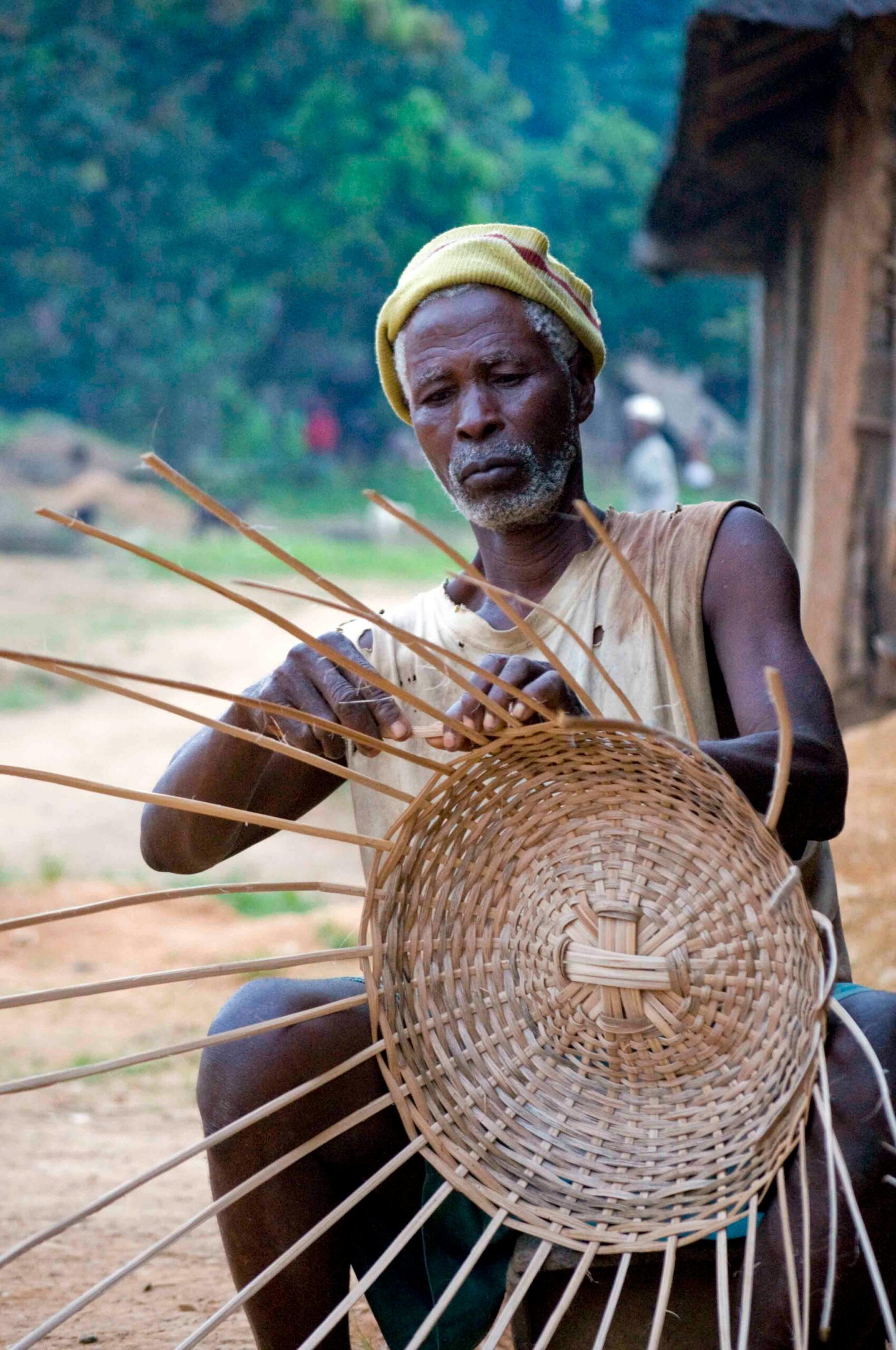Blog
Indonesia and the Art of Weaving

The art of weaving baskets in Indonesia, is a deeply ingrained tradition that reflects the country’s rich cultural diversity and craftsmanship. Basket weaving has been practiced in Indonesia for centuries, with different regions developing their own unique styles, techniques, and materials based on local resources and cultural influences.
Indonesian basket weavers use different materials like bamboo, rattan, pandan leaves, and other locally sourced fibers to create their craft. These materials are carefully harvested, processed, and woven into intricate patterns and designs to create functional and decorative baskets intended for several purposes.
One notable aspect of Indonesian basket weaving is its connection to everyday life and cultural practices. For instance, baskets are used for carrying and storing food, transporting goods, and as containers for offerings in religious ceremonies and cultural rituals. Each type of basket, within the context of Indonesian society, may have specific symbolic meanings and usages.
In Bali, intricately woven bamboo baskets are used for offerings in Hindu ceremonies, while in Sulawesi, finely woven rattan baskets are crafted for everyday use. Additionally, some ethnic groups such as the Dayak people of Borneo, are known for their intricate basketry traditions, incorporating motifs and designs inspired by their natural surroundings and cultural beliefs.
Basket weaving in Indonesia not only serves practical purposes but also holds cultural significance as a form of artistic expression and heritage preservation. Efforts are made to support and revitalize this traditional craft through community initiatives, vocational training programs, and cultural heritage preservation projects. By celebrating and promoting Indonesian basket weaving, artisans can continue to uphold this ancient tradition for generations to come and share it with the rest of the world through vessels harboring them like Songhai Design.

SONGHAI DESIGN is an interior design and architectural online boutique
Customer Service
Join The Journey
Contact
@copyright 2024 | Songhai Design | All Right Reserved